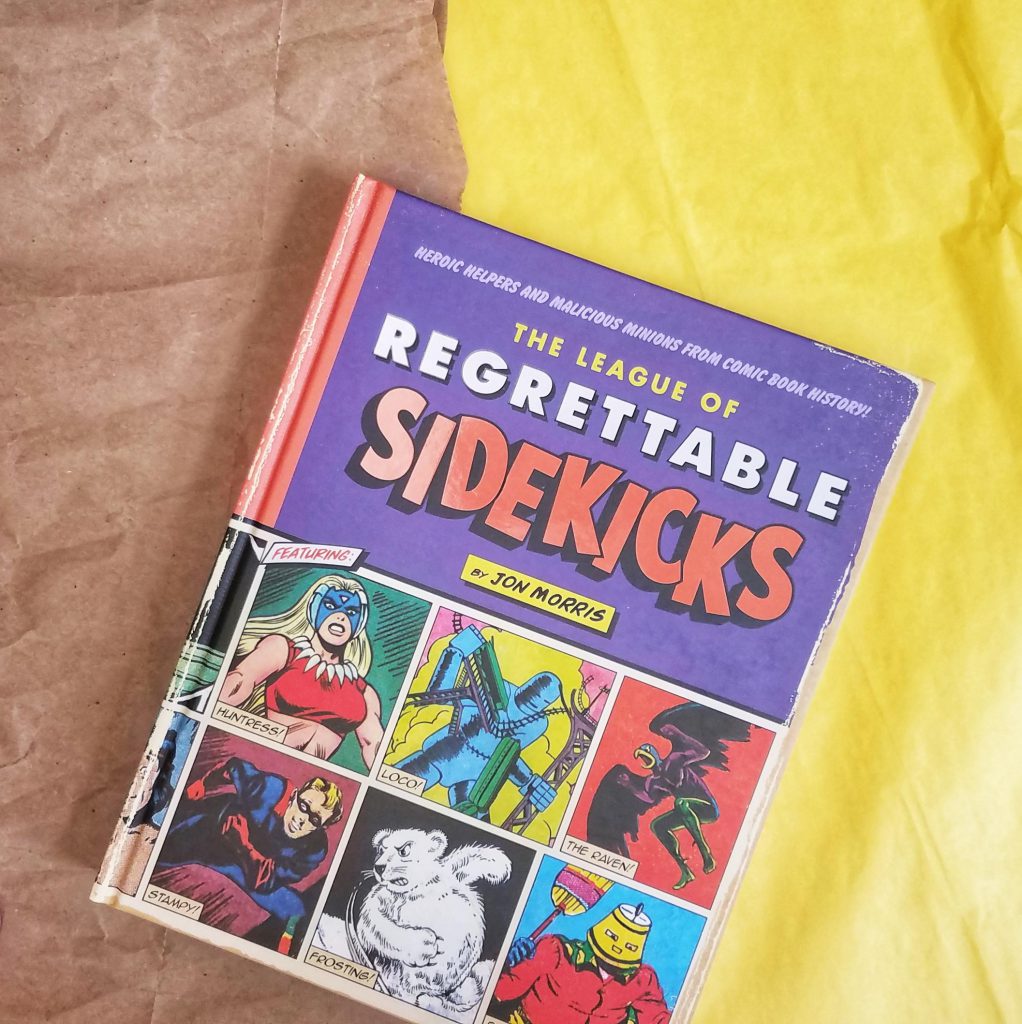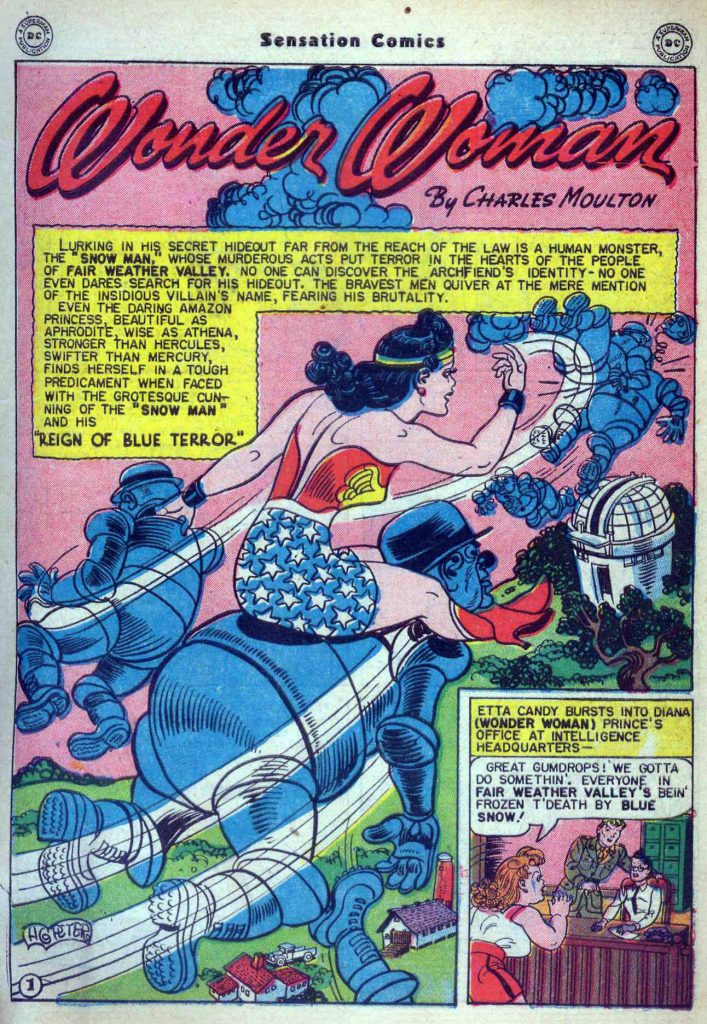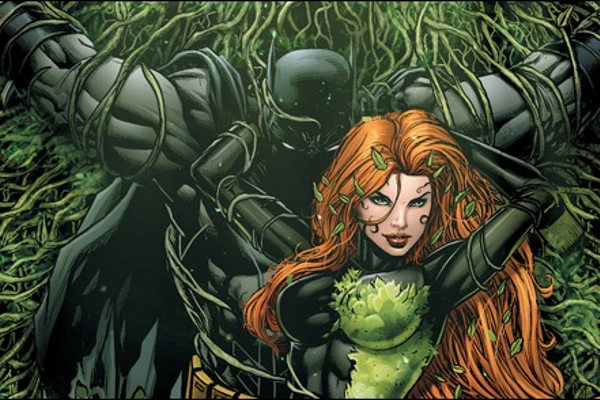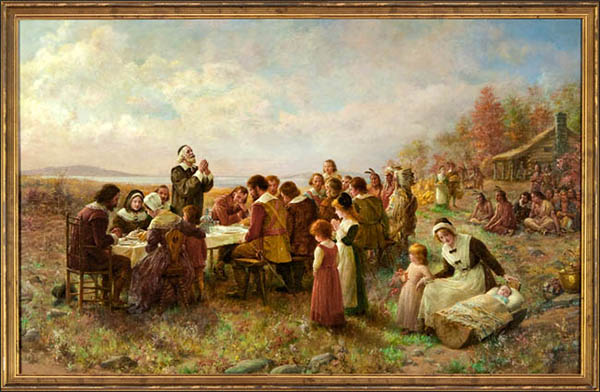A Celebration of Vile Villains
A good villain is more than an oxymoron – they can also easily overshadow a bland hero. Is there anyone who actually prefers Thor to Loki? What would Harry have done all year if not for Voldemort’s nefarious plans? Actually study? And if the sea witch hadn’t granted her wish, the Little Mermaid never would have learned a valuable lesson in not changing yourself for the first man who smiles at you. Villains, for all their scheming and plotting, can be a lot of fun. We've collected a smorgasbord of deliciously devilish evildoers who couldn’t tell the truth if their lives depended on it.
Professor James Moriarty, The Adventures of Sherlock Holmes

Let’s be real, anyone who can give Sherlock Holmes a run for his money automatically deserves a place in the Villain Hall of Fame. Sure, in the end he died, but by god he took that pompous detective with him, and isn’t that what really matters?
In The Final Problem, the Napoleon of crime leads a ring that involves half of all criminals in England. He also has a penchant for staging “accidents,” and his attempts on Sherlock’s life include falling buildings and runaway horse-drawn carriages, just for dramatic flair. But it’s at the top of the Reichenbach Falls that both characters meet their end, in an intense showdown of good versus evil.
(Side note: Wikipedia lists his occupation as “criminal mastermind,” which really tells you everything you need to know.)
Claude Frollo, The Hunchback of Notre Dame

There’s a lot of love out there for an anti-hero, but the anti-villain can be just as compelling. Frollo is compassionate. He adopts Quasimodo and raises him, and also takes care of his alcoholic brother. But. But. He’s also super racist and deals with his sexual frustrations in a not-great way. Just because you hate the Parisian Gypsy population and can’t keep it in your pants around Esmeralda does not give you license to condemn people as demons, kidnap, and murder them. Terrible people who do terrible things in the name of God always somehow seem extra threatening, and Frollo, with all his misplaced righteousness, is no exception.
Jadis the White Witch, The Lion, the Witch, and the Wardrobe

Real tacticians know that hitting morale is one of the easiest ways to assert control over a population, and with Narnia in a perpetual, miserable winter (with no Christmas!), the White Witch basically has the run of the place. It’s easy to see why she might claim Narnia as her due, seeing as how she was born before the world’s creation, but since she’s pretty clearly not human, Jadis really only stays in power by turning everyone who disagrees with her to stone.
Regardless, anyone who can ensnare you with candy is already Grade A villain material in our book, but it bears mentioning that in The Magician’s Nephew she also spoke the Deplorable Word, instantly ending every life in her home world except her own. Yikes.
Commander Fred, A Handmaid’s Tale

In Margaret Atwood’s dystopian novel, Commander Fred acts as a placeholder for all the men who, in this new, terrifying world, have managed to retain power. Fred makes it onto the list not so much for what he’s done—though plunging your country into a totalitarian regime with archaic gender roles is bad enough—but for the obscene hypocrisy with which he does it. You can’t have it both ways, buddy. You can’t have women as modest chattel, serving as nothing more than ambulatory wombs, and then illicitly enjoy their company in illegal brothels, dressing them up in feathers and spangles and getting your rocks off by breaking your own laws. That’s not how that works.
The Marquise de Merteuil, The Dangerous Liaisons

The Marquise is as devious as they come. She’s a libertine—18th century code for “has no morals”—and a master manipulator. By the end of the story, her schemes have left two people dead, and one in a convent. And all this just to get back at an old lover who spurned her. But she isn’t completely unsympathetic. Having decided at a young age that she wouldn’t limit herself to the typical roles women were supposed to embody, she carefully cultivated her Machiavellian streak, learning how to school her expressions and learn the secrets of others. It’s all calculated, and somehow that makes her character all the more compelling.
In addition, we don’t know who decided that The Dangerous Liaisons should get the 90s turn-every-classic-novel-into-a-high-school-movie treatment, but it gave rise to Cruel Intentions and Sarah Michelle Gellar’s most wonderfully hammed-up role, and for this we are grateful.
Iago, Othello

Iago set the bar for betrayal. At least Brutus and Judas thought they were doing things for the right reasons, Iago is just sore he didn’t get the promotion he thought was coming to him. He leaves a trail of dead in his wake, all the while remaining the trusted confidante of basically all the other characters. There’s no one Iago doesn’t double cross for his own gain, be it his commander Othello, sidekick Roderigo, wife Emilia, or the very-innocent Desdemona. He’s also racist, another main driving force for his evil, and is maybe being cuckolded. All of this creates the perfect storm for someone with zero morals, and the tragedy he wreaks is pretty breathtaking. There’s a reason critic A. C. Bradley wrote that “evil has nowhere else been portrayed with such mastery as in the evil character of Iago.”
Honroable mentions go to Mr. Kurtz, Cruella de Ville, Count Dracula, Mrs. Danvers, Mr. Hyde, Sauron, and Cthulu. Have we forgotten anyone? Let us know on twitter @Quirkbooks!




